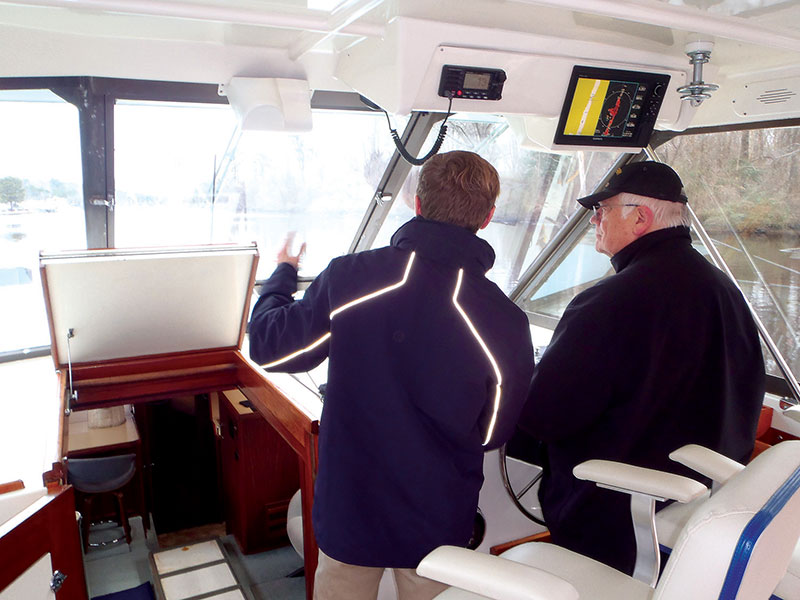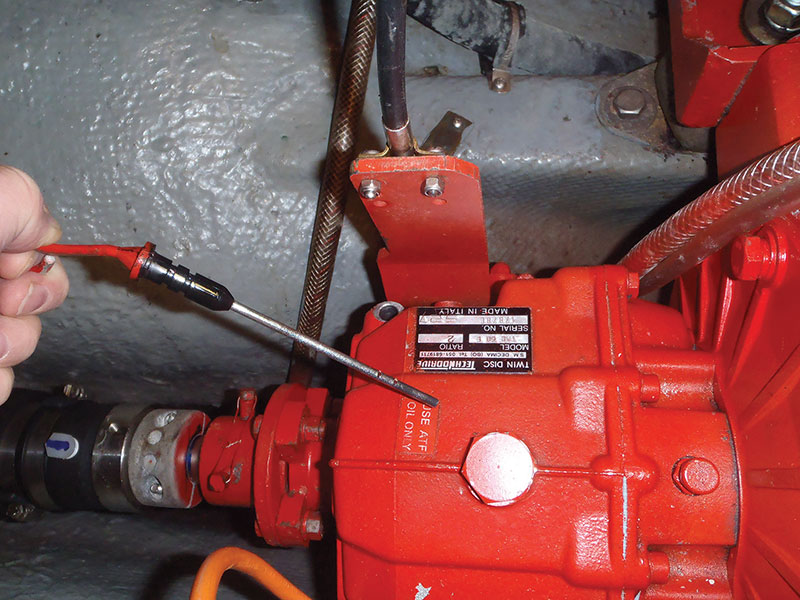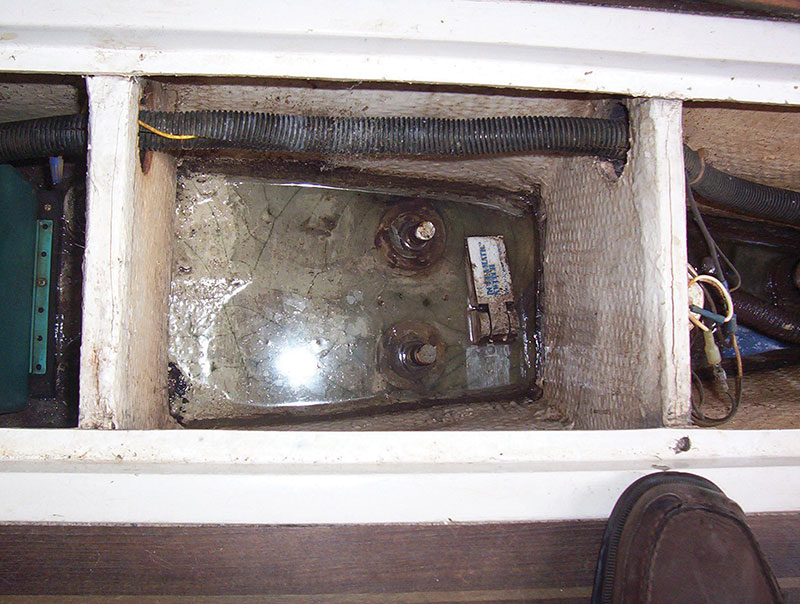
Getting the most from your test drive before buying a boat.
A test drive is a great way to narrow down a list of potential boats before spending money on a marine survey. Sure, you could ride around with a margarita in one hand while the broker regales you with tales of faraway lands, but a smarter move would be to approach your test drive with planning and a critical eye. Here’s how to glean as much info as possible about your potential purchase during a test drive.
Test drive vs. sea trial
A test drive is typically shorter than a formal sea trial, so you may not have time to do all of the tips below. Concentrate on the ones you feel will yield the most information in the amount of time you have. If you’re not 100% confident in your ability to do any of them, just leave those for your surveyor to conduct during an official sea trial.
Leave the kids and dogs at home
Approach your test drive as a fact-finding mission, not a joy ride. Restrict your guest list to those with an immediate interest in the boat-buying decision.
At the dock
Ask the owner or broker not to start the engine before you get there. You can learn a lot from a cold start, but the most basic observation is how hard the engine is to start — a perfect time for weak batteries and other such problems to make themselves known.
Arrive a bit early if possible, allowing for additional time to familiarize yourself with the boat. Check the bilges (bilge water level, presence of oily water, etc.) and compare that with how the bilges look once you’ve returned to the dock. Check the engine oil and coolant levels, as well as the transmission oil level before and after the trip, confirming correct fill levels and noting any changes that could indicate leaks. It’s good to check fluid levels for hydraulic steering systems and trim tab units as well, if applicable.
If there’s a generator, check oil and coolant levels and ask that it be started at the beginning of the test drive and placed under load (powering the air conditioning for example). Let it run for the duration.
Place a clean drip cloth under the engine and generator before getting underway (which makes oil leaks more noticeable) and record engine and generator hours before and after your test drive to verify the hour meters work.
Underway checks
Discuss any boat maneuvers you’d like the captain to do during the test drive before leaving the dock. Once underway, record the oil pressure, coolant temperature, volts and gearbox oil pressure for the engine at various speeds (slow throttle, half, full and cruising speed). Record these at all helm stations to compare readings and verify the gauges work and that the readings match.
While underway, inspect stuffing boxes, dripless shaft seals and rudder glands for leaks. It’s not unusual for these to be dry at the dock but leak while the vessel is underway.
Check the shaft for vibration at various speeds. If there’s a visible wobble, you can get a rough idea of how bad the problem is by touching the top of the gearbox. If you can feel it there as well, the issue needs to be corrected sooner rather than later.
Note the engine’s maximum RPM (this is typically displayed on the data tag) and once warmed up, ask that it be run at full throttle for a short distance. The RPM at wide-open throttle should be within 100 or so of that stated.
While running at maximum speed, verify that the actual speed matches the advertised speed. This is also the time to look for any unusual sights and sounds: Burning smells, smoke, vibration, excessive broker sweating, etc.
Boat handling checks
Standard maneuvers while under power include a back-down test and a figure-eight turn. The back-down test (reducing throttle quickly while shifting from cruising speed to neutral, then to reverse, then increasing power) lets you check the engine mounts for excessive movement. Worn or misaligned engine mounts cause shaft alignment problems, meaning the mounts themselves may be bad or due for replacement soon. Figure-eight turns at cruising speeds are useful to verify maneuverability, handling and that the vessel has an equal turning radius to port and starboard.
There are plenty of things you can do to make a test drive productive, but that doesn’t mean you can’t have a good time as well. You can still listen to the raucous tales of the owner or broker — just tell them to hold off on the margaritas until after your work is done.





